Written from the experience of a non-racer, but a lover

Just me in my happy place with my Lunar Solo packed inside the drybag in the handlebars with my synthetic quilt, sleeping pad and down jacket.
What is bikepacking you might ask?
Back in 2013 when I first heard about bikepacking, it was wild. People exploring wilderness areas, forgotten trails and enjoying nature by riding or pushing a bike.
Around 2018 as the term as becoming to be more marketed and well known, bikepacking started to be more gravel orientated and by 2022 as the term has come to be almost an umbrella term over adventure cycling. So, what is bikepacking?
Bikepacking is an adventure enjoyed with a bicycle.
How to pack a bike for adventure?
I have been bikepacking since 2014 and my trips have been from the Artic Wilderness to the countless Natural Parks and trail networks of Finland, exploring countries like Cuba, Israel, Croatia, Italy, Scotland, Ireland, Estonia, Sweden, Norway and Spain. From the top of the mountains to the scorching desert all the way to -30°C winter woodlands. So, in this little write up and photo drop I will show different ways I have packed different bikes for different adventures. Some small, some large, some close and some far.
A little tip, when choosing gear for bikepacking trips. Packability and multipurpose use are golden factors, and lightweight gear doesn’t hurt, but if you feel like carrying a camp chair or poncho with you, go for it. As long as it makes you smile, you made the right choice.
What people might think as “traditional bikepacking” setups

My setup in Israel on a rigid plus tire Marin Pine Mountain. Modified to be able to carry 9 liters of water for the hot desert days while riding around the country. I am also carrying filming gear in the front of the drybag in the handlebars.
The base for these setups is the frame bag (the big bag in the center of the frame), a seat bag (hanging from the saddle and seat post), a handlebar bag (somehow strapped to the handlebar) and then top tube (attached to the head and top tube) and stem bags (attached to the headtube and handlebars).
The key is to have a solid baggage that doesn’t move or wiggle as you ride your bike. To ensure this I tend to pack the handlebar bag (mostly a horizontal drybag) with my camp gear (tent, sleeping bag, pad, down jacket, pillow etc.) and then I try to pack my seat bag with spare clothes to the bottom where the bag meets the seat post and at the opening of the bag my rain or wind layers, things I might need during the ride without having to unpack the bag and unbalance the packing. The tighter the seat bag is backed, the more stable it will be during the ride.

The Marin Pine Mountain 2 in Finnish Lapland in the Pöyrisjärvi Wilderness area. Carrying food for 5 days (3 meals per day, all in the frame bag), a dropper post specific seat bag and the handlebar drybag is strapped to a Anything cradle. A bit weightier option than just strapping it on the bars or using a harness but provides a rock-solid platform and easy packing and unpacking.
Then in the frame bag and other bags I have heavier stuff or things like food, that during the ride the amount of it will change inside the bags, in order for those changes in carry weight and pack size will not affect the handling of the bike. Also, these bags provide quick and easy access. Below the downtube I like to carry my kitchen unit (pot, stove, gas bottle, foldable spork, a fire rod, a cleaning cloth, some spices) inside a small drybag and then in a cargo cage a big bottle of water to keep the weight down low.

The PM2 with a DIY frame, top tube and handlebar bag. Made from Xpac v21 and the frame bag has some 250D cordura and a rolltop closure. Packed with 6,5 days of wood and camera gear for a trip to Sevettijärvi lake and Kaldoaivi Wilderness area in Finnish Lapland. Carried 1,5 liters of water in bladder in a hipbag and for camp I had a 1-liter foldable water bag in the giant top tube bag.
The stem and top tube bags provide good locations to store snacks, smaller water bottles, tools and repair kits or other stuff that come in handy. Some stem bags come with mesh pockets on the side that fit a bar, or even a phone. Models vary by the maker. Top tube bags, or gas tanks come in a couple of sizes and form. Some are better at the front of the top tube and some in the back next to the seat post, or some special one's run the whole length of the top tube. The beauty of these bags, they can be off quite simple designs are really fun to make, if you enjoy making your own gear.

A Marin Rift Zone full-suspension bike packed for a 2-night fall bikepacking trip. My kitchen unit is strapped to a cargo cage that is bolted on inside the center triangle. I carried a 2-liter bladder in a hydration pack with most of the food inside the seat bag.
The rack life is an easy life

My Marin Four Corners in Tuscany, Italy with a titanium Y-rack in the rear that has cargo mount in the legs that enable it to mount water bottle cages. On top of the rack, I have a tapered drybag and a tripod secured with straps. On the fork legs in the front, I have two small drybags holding my hygiene kit and tools.
By using a rack, or different cargo mounts to load up your bike with can open quite many different possibilities. With a strap you can mount almost anything on it. From drybags to pizzas. Also, a rear and front rack make easy base to start, if you are mostly riding smaller roads, gravel and little singletrack. There are different styles of racks, some are built to haul big amounts of cargo, some might be more specific to adventure riding.

My Marin Nicasio+ with a front rack that enables the use of panniers and a rando-style rack bag, combined with a half-frame bag and a seat post bag.
A great setup for those nice, chill and sunny summer gravel adventures.
Another great benefit of using racks, that they are a solid platform to carry your stuff securely, and as much you and the bike can take. Depending on the geometry and frame materials, some bikes run better with lighter load, while some bikes really love a bigger load. The amount of the load will be noticed especially in the handling of the bike.

My PM2 with the titanium rear rack. This setup took to a 6-day bikerafting adventure behind the Arctic Circle to the Pöyrisjärvi Wilderness area and the Pöyrisjoki river. The packraft is inside the SMD 50-liter drybag with the paddle ends, and on top is my personal flotation device. Then on the raft, I had my bike bags inside the drybag and the drybag strapped to the raft with the bike.
One option with racks are also rack specific bags. Like the cool, canvas Rando bags on a small front rack, or bigger rack bags that can haul a bunch of stuff. Or just but your backpack on the rack, strap it and jump on the bike. A quite handy option, especially using the bike to get as close to your destination and then hike the rest of the bit.

My 1989 Marin Muirwoors custom build in a long summer gravel weekend mode. A big front rack that has a big, expandable rack bag that expands to a whopping 40-liter capacity. In the rear a classical, waxed canvas saddlebag with a capacity of 23 liters. In the back I carried my camp and in the front food, beer, swimming gear and kitchen. Comes also handy to fit in your garbage bag, because remember “Leave no trace”.
Basket life is a cool life

My 1994 Marin Muirwoods hobotourer build during an Easter gravel adventure in Sweden, still running the original group set of 7x3 speed in basket mode. On top of the big rack, I have strapped a Wald Basket that as has basket bag from waxed canvas, that also works as a tote bag. Behind the basket and the rear support of the rack had room to store my hammock setup.
I am probably not the only one who thought as a kid that baskets on bikes were for grannies or not-cool people. Turns out I was very wrong. A basket, be it mounted with its own legs to the bikes or zip tied on the rack make rack packing even easier or funnier. They offer a small cradle that you can fill up with different bags of different sizes and strap them in securely with a strap or two. More bike specific baskets, like a Wald 137 have purposely made basket bags to make things even easier.

E-basket life? Why not. This Orbea comes in stock with a huge basket and the battery can run around 95 km, so off course I had to take it out for an overnighter. Just put a giant 30-liter drybag and a camping chair in the basket and a seat bag in the rear with some other bags. It was smooth rolling to camp, though on the way back ran out of battery so the last 10 km where some heavy riding.
Baskets don’t always need to just a bunch of thing metal tubing. You can put a wooden wine box or a plastic beer box on the rack, or a huge moving box. Cardboard might be okay until the rain comes in, but hey sky is the limit, and maybe you might find a cat in the cardboard box during the ride. Baskets can also be put on the rear rack too, so double basket life doesn’t hurt nobody.

For a couple of May 1st’s, that's a national holiday in Finland, we have gone with some friends for a long weekend tour and for that the beer basket was perfect. On the last shop stop before camp, load it up with 10 beer cans and food, and in the morning carry the empty beer cans to the nearest recycling point.
So, what is the best way to pack the bike for bikepacking?
The best way depends on the route, the gear and the bike. Best way to test your setup and gear is by taking small overnighters to familiarize yourself how the bike handles and feels to ride loaded. How to pack the bags in the right order and load it the best way and see are you missing something that would make your life better. Once you get more experienced and have a routine, you will find out that you can be ready and packed for an adventure in less than an hour.
Bikepacking is a great way to experience this world, and even a small overnighter can make you smile for a long time. Pack it and ride it, and if you have any questions, I am always happy to answer them. You can find me by @a4d3e on Instagram.


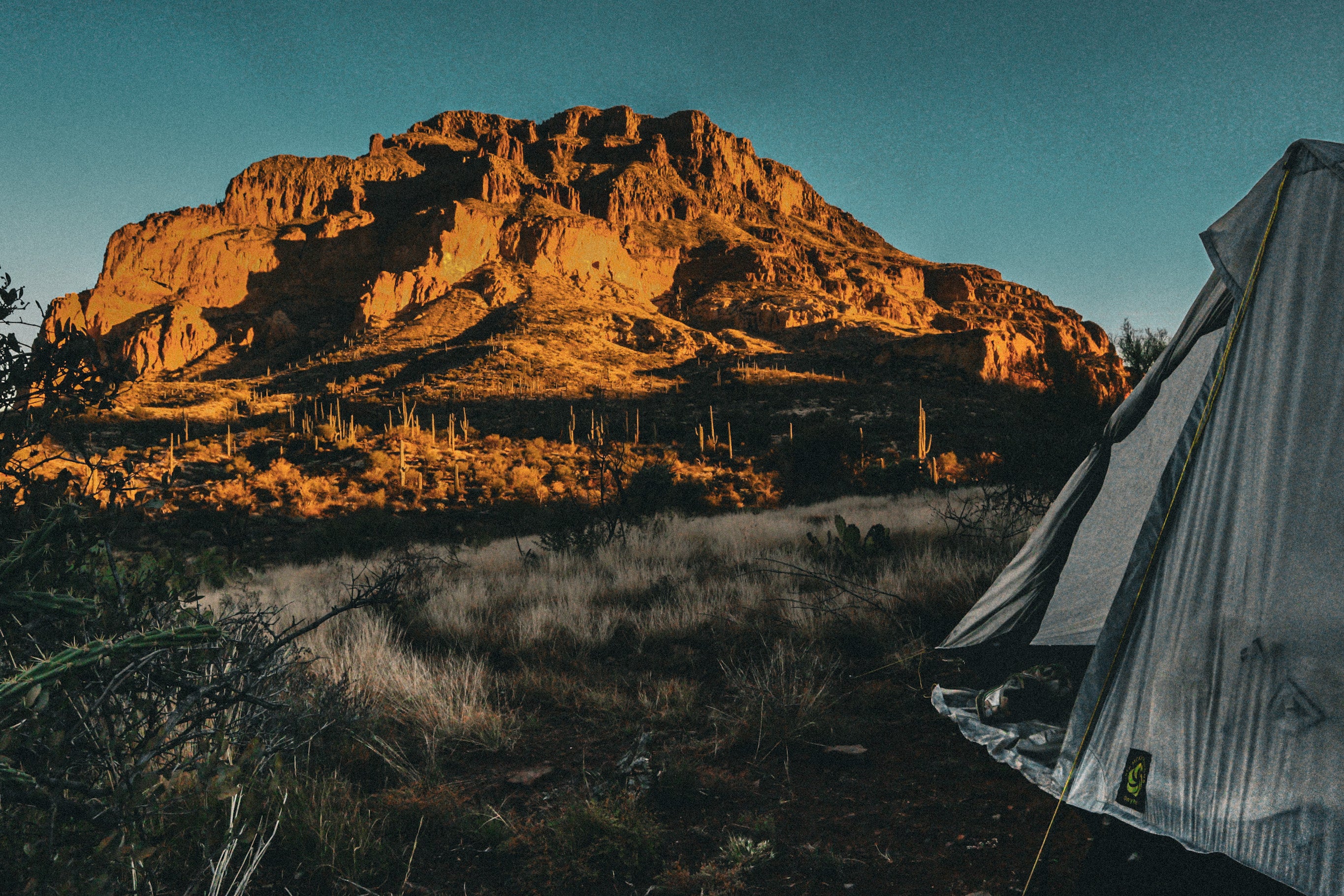
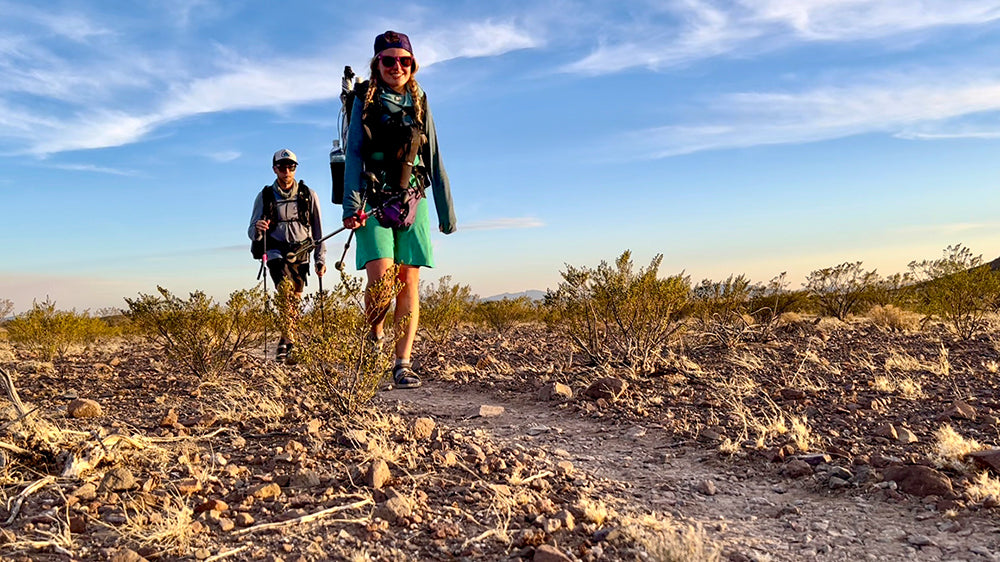
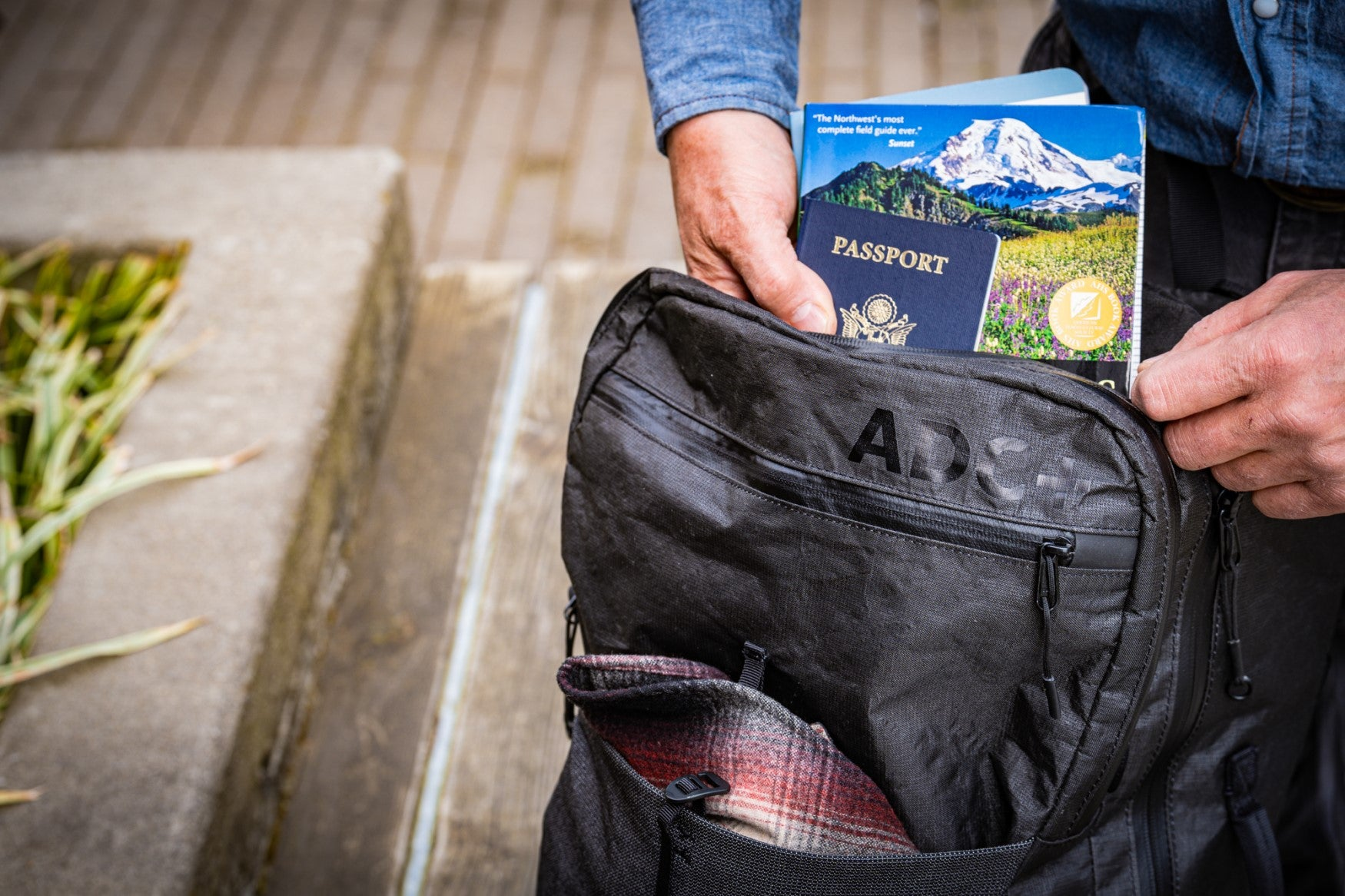
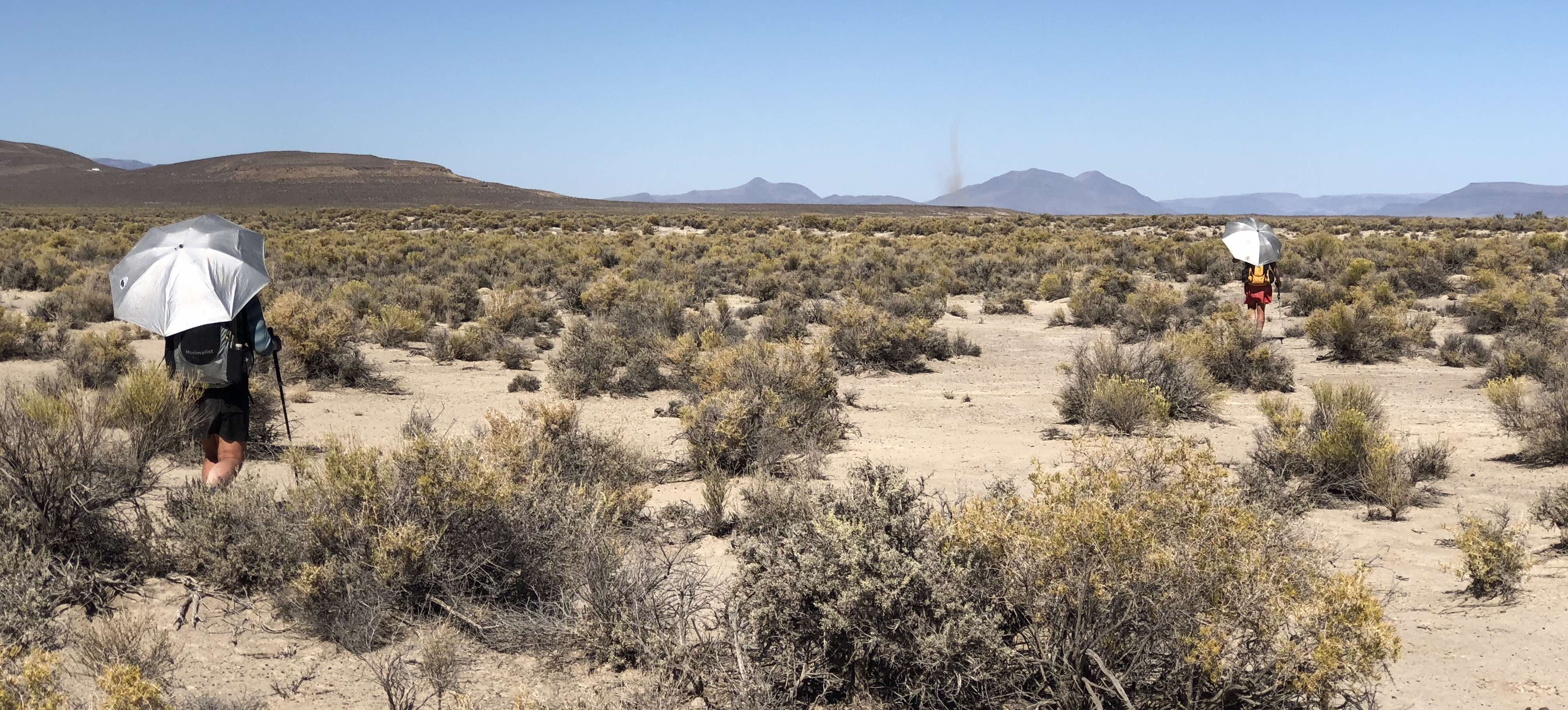
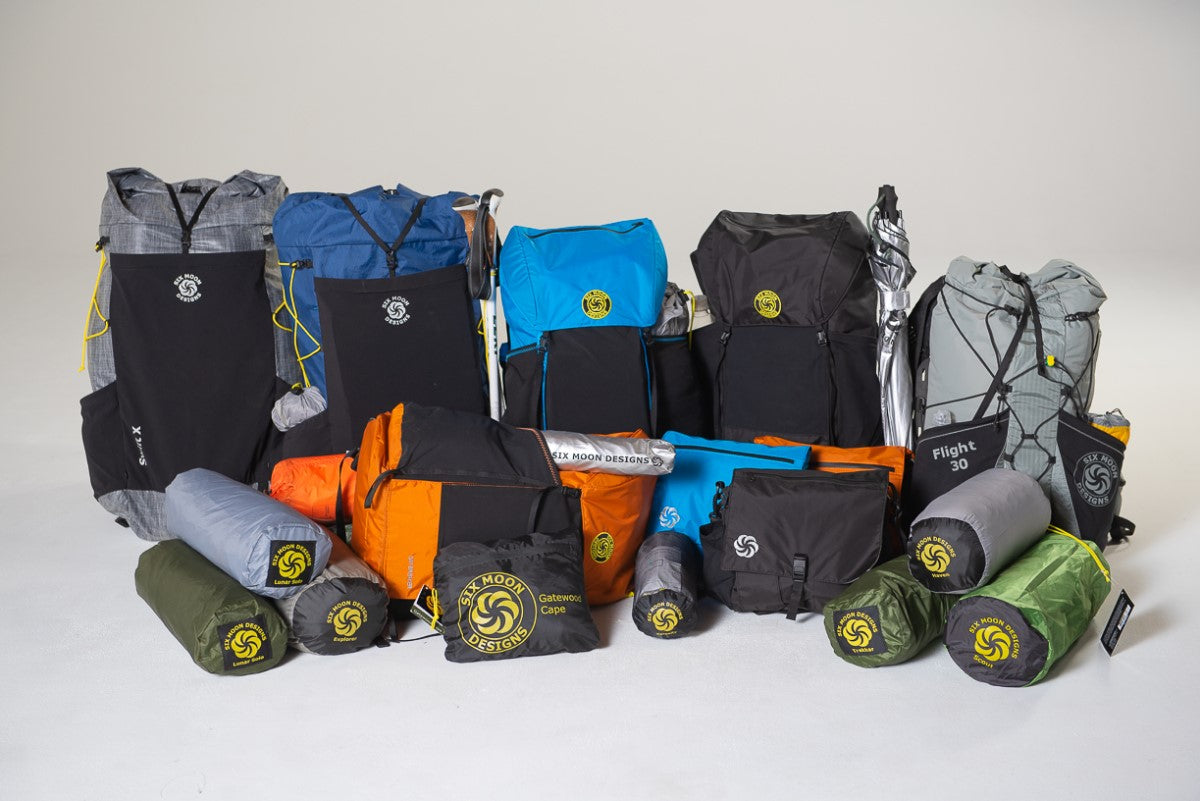
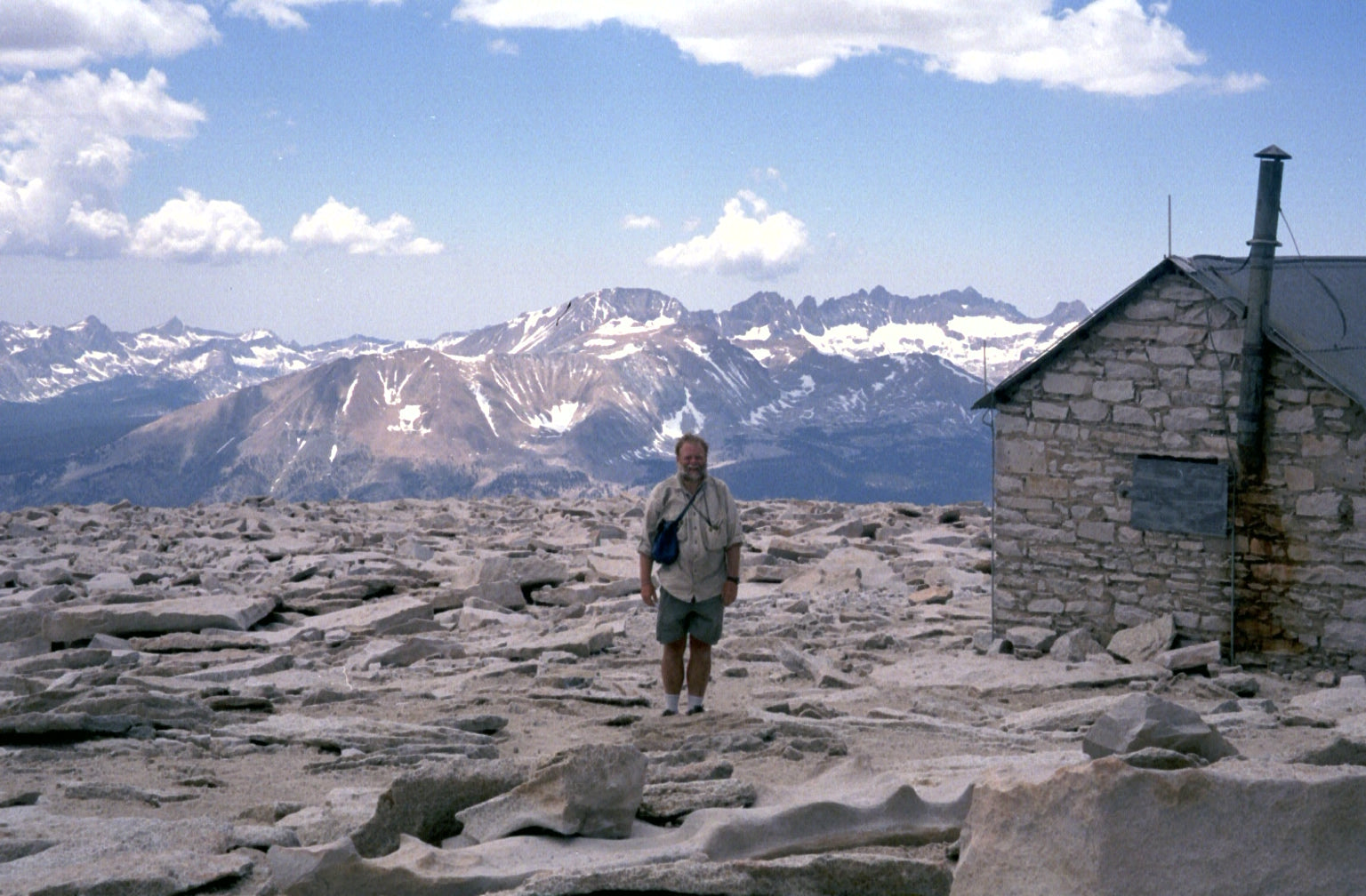
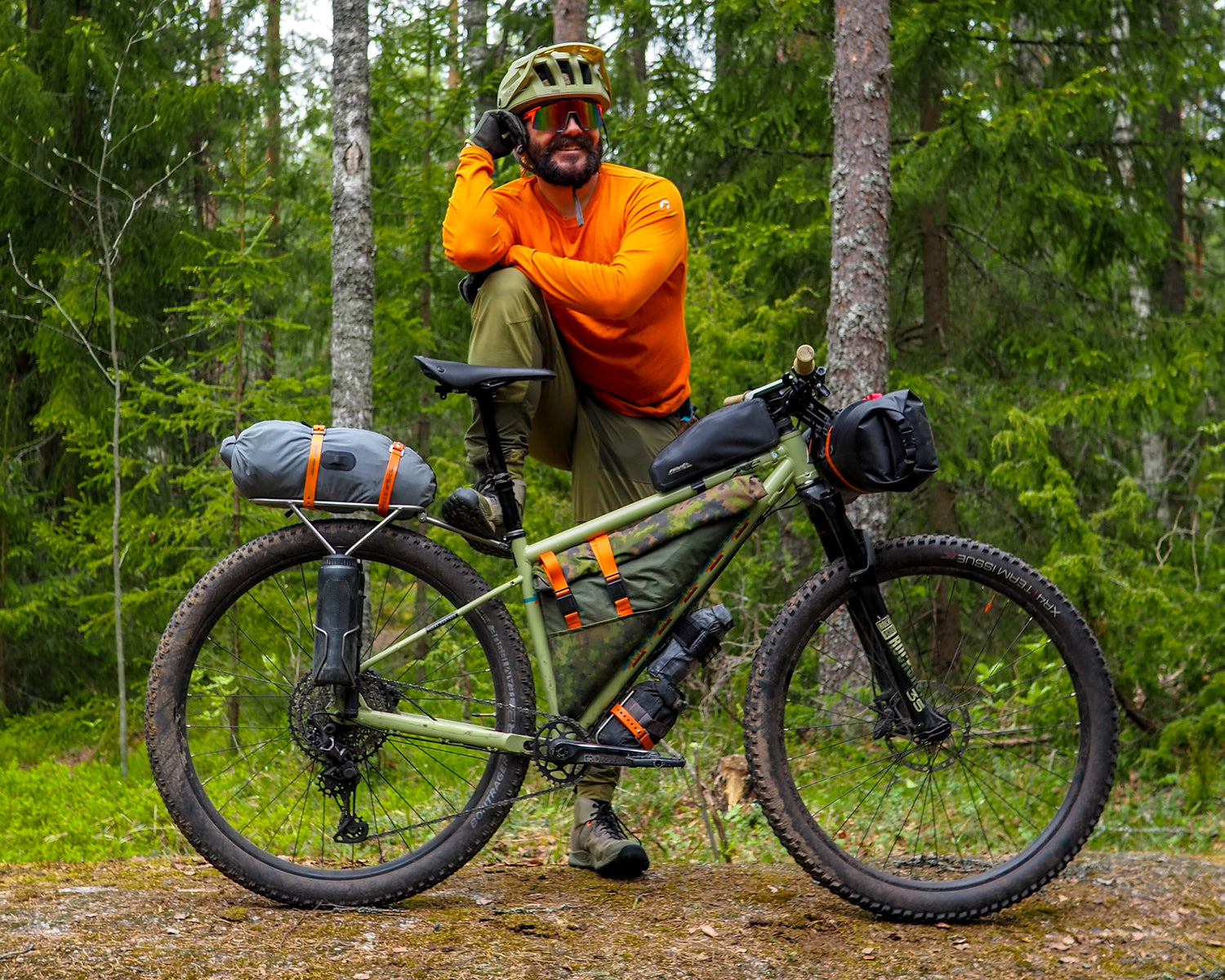
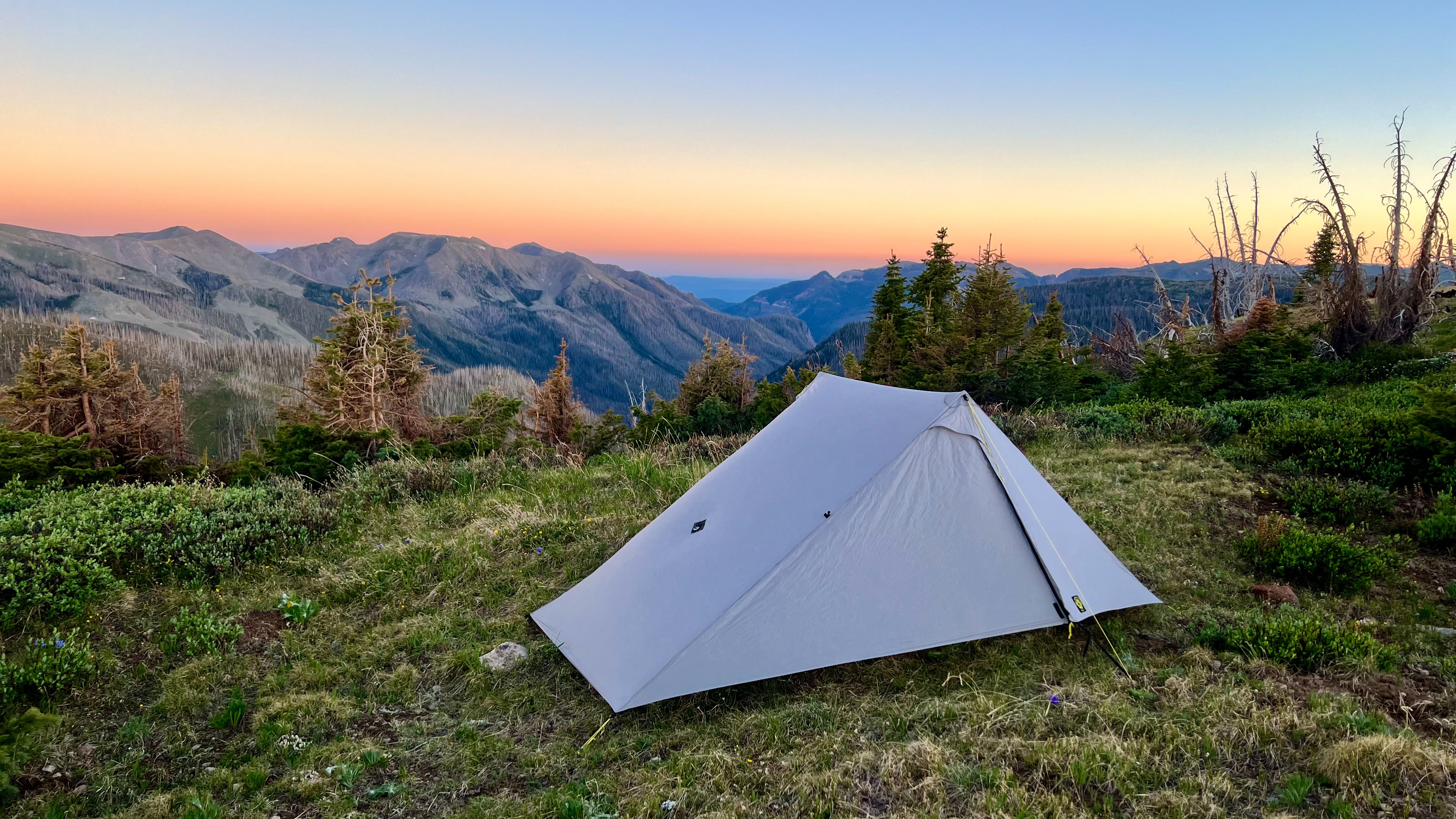
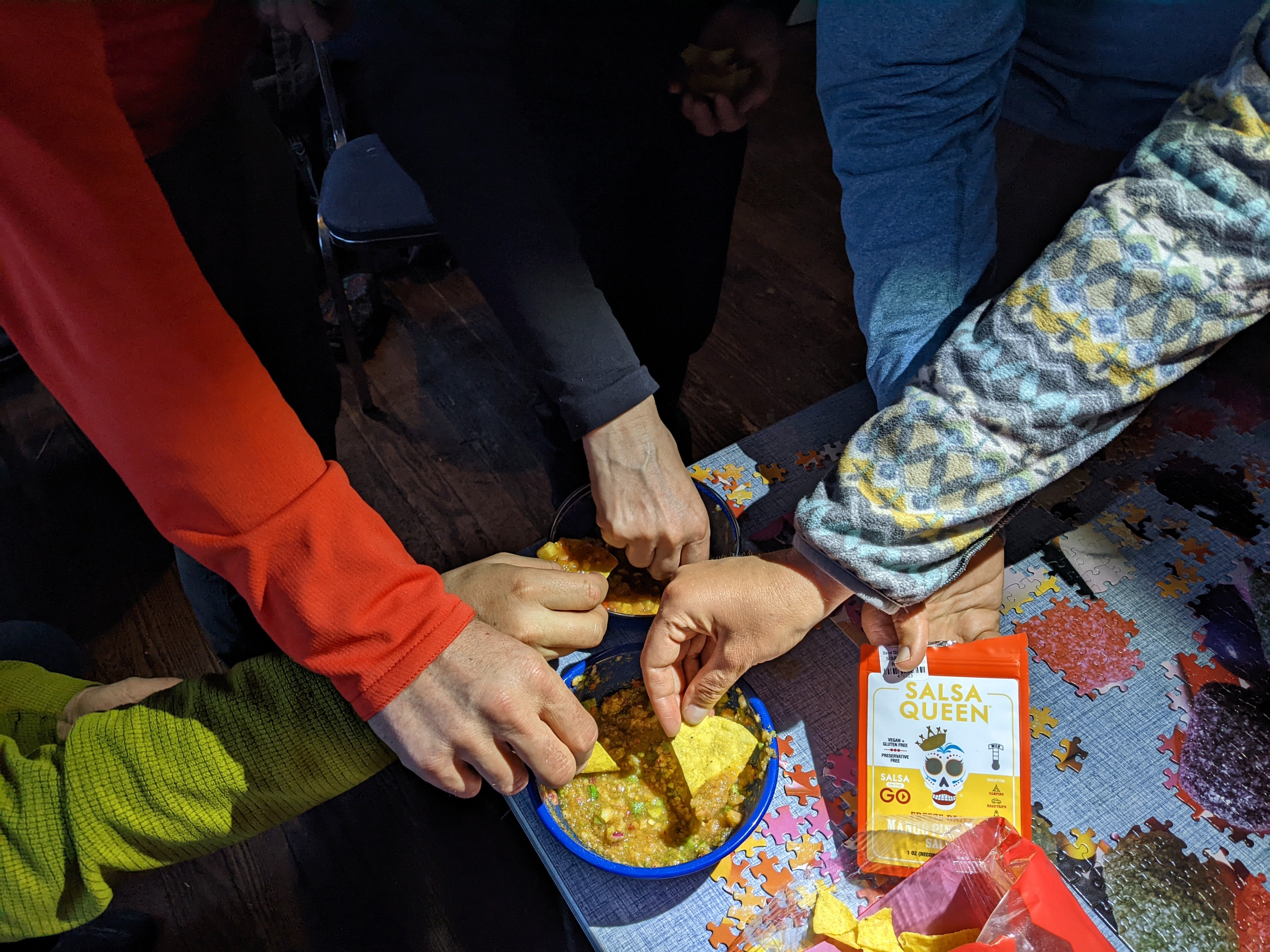
Leave a comment
This site is protected by hCaptcha and the hCaptcha Privacy Policy and Terms of Service apply.